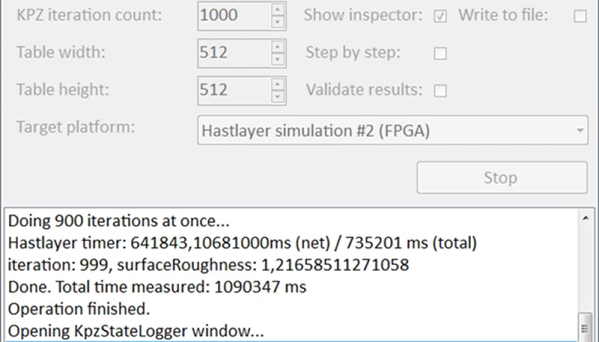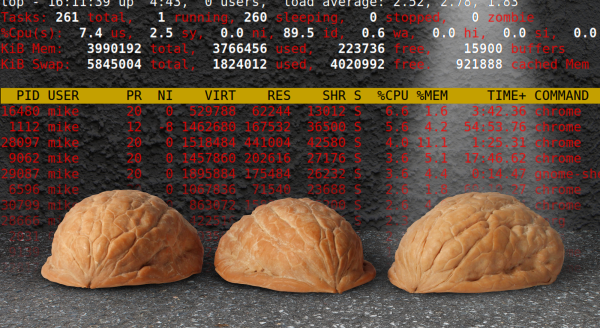Windows 95 was an amazing operating system that would forever transform the world of home computing, setting the standard for user interaction on a desktop and quite possibly was the OS which had the longest queue of people lining up on launch day to snag a boxed copy. This raises the question of why we still don’t write software for this amazing OS, because ignoring the minor quibbles of ‘security patches’ and ‘modern hardware compatibility’, it’s still has pretty much the same Win32 API as supported in Windows 11, plus it doesn’t even spy on you, or show you ads. This line of reasoning led [MattKC] recently to look at easy ways to port modern applications to Windows 95.
In the video, the available options are ticked off, starting with straight Win32 API. Of course, nobody writes for the Win32 API for fun or to improve their mental well-being, and frameworks like WxWidgets and QuteQt have dropped support for Windows 9x and generally anything pre-Win2k for years now. The easiest option therefore might be Microsoft’s .NET framework, which in its (still supported) 2.0 iteration actually supports Windows 98 SE, or basically within spitting distance of running it on the original Win95.
Continue reading “Porting Modern Windows Applications To Windows 95”


















